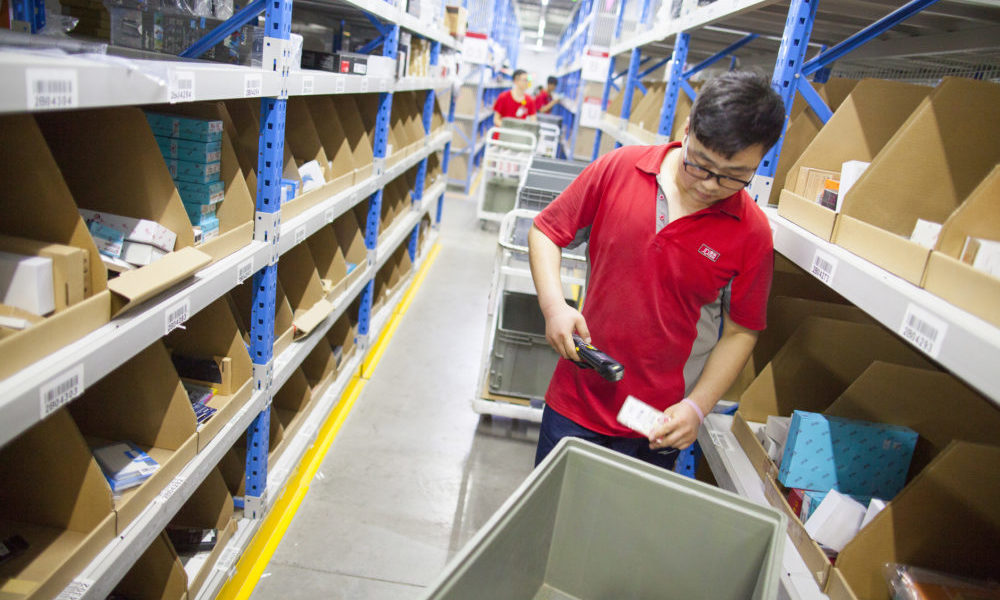
How a Partnership Helped One Association Plant Roots in China
A new partnership gives a large Chinese retailer access to cutting-edge supply-chain technology. APICS, the supply-chain association, gets access to a tough market to penetrate. Along the way, it’s learning some lessons about global expansion.
What does it take for a North American association to establish a presence in China? A new partnership between APICS and one of the country’s largest retailers offers a few tips: a clear global strategy, a long-term commitment to partnerships, and an eye toward win-win relationships.
Last week, APICS, an association for professionals in the supply-chain management industry, announced that JD.com, an online retailer often described as China’s equivalent to Amazon, would use APICS’s benchmarking system to improve its management of inventory and suppliers. That deal comes on the heels of an announcement in March that APICS had partnered with the retailer to introduce its supply-chain standards in the country and that it had helped establish a Chinese Corporate Advisory Board to receive feedback on the business community’s needs.
The most important thing is having a common interest, having some kind of a platform for engagement in-country.
“As supply chain and logistics operations increase in importance, large multinational corporations based in China are seeking us out for several reasons,” says Abe Eshkenazi, CAE, CEO of APICS “Leading companies, such as JD.com, are eager to incorporate best practices, streamline processes, and improve business performance.”
The JD.com partnership launched this year, but it reflects efforts that stretch back to the start of the decade, says Peter Bolstorff, executive vice president of corporate development at APICS. “Abe and the board set an end-to-end supply chain strategy in 2010 or thereabouts, and part of that strategy was a direction on globalization,” he says.
In 2014, APICS merged with the Supply Chain Council, which already had a Chinese presence. Since then, APICS has been developing a sophisticated supply-chain framework, and larger Chinese companies like JD.com have been looking for such tools to assist with their own expansion goals. So a partnership made increasingly good business sense.
“I think the most important thing is having a common interest, having some kind of a platform for engagement in-country,” Bolstorff says. But he echoes recent ASAE Foundation/MCI Group research that stresses the importance of in-person relationship-building in China. Hence the advisory board.
“What we’re finding is you got to have people on the ground, always interacting with those companies,” he says. “We have a corporate adviser in China who is, on a day-to-day basis, interacting with our key corporate advisory group there. They’re helping us shape how we can grow our business.”
To that end, Bolstorff says, the 10-member advisory board includes a mix of companies: leading technology firms like JD.com that want to expand globally, international companies that have a substantial presence in China, and state-owned enterprises. “You always have to consider government interests as you go about introducing content or services inside China,” he says. “We’ve been very proactive about establishing relationships with other what I would call relevant government stakeholders.”
Though there are unique considerations for associations working in China, APICS’s overall global strategy has some common threads, Bolstoff says.
“You’ve got to be able to work with the corporation in local language,” he says. “You’ve got to understand what their primary motivation is and what is in it for them. You’ve got to understand local customs and customary ways of doing business. And then, if you really looking to grow large, you’ve got to have some kind of a footprint from a resource standpoint there.”
JD.com staff, shown working at a warehouse in northeast China. (XiXinXing/iStock Editorial/Getty Images Plus)






Comments